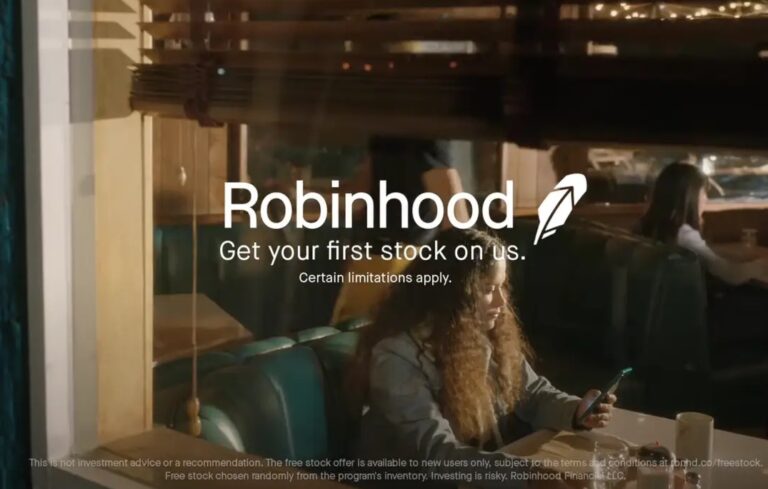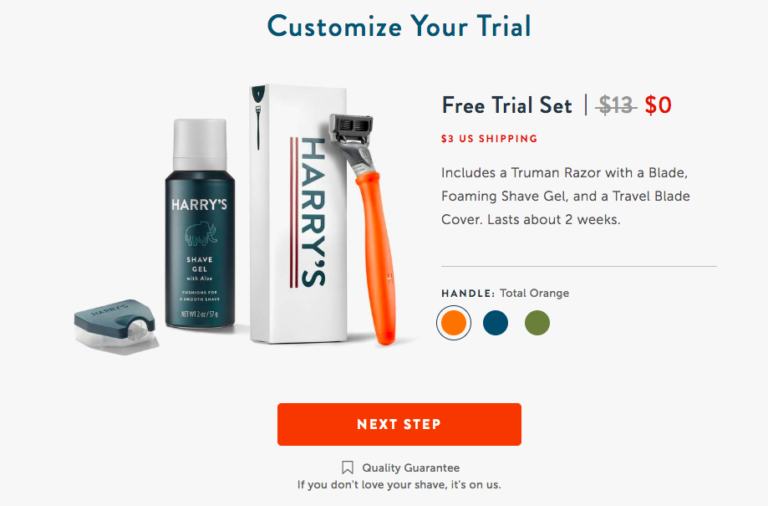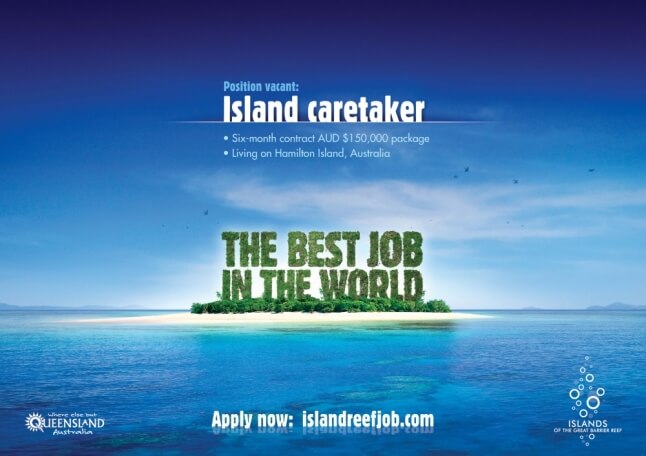

A dream startup calls for big money.
You might have heard, without big marketing spends you barely scratch the surface.
And you could be right.

I have been an advertising guy. And what I learnt was, our agency Grey International did not entertain anyone without a couple of million dollars. Want to take your product to the market? Provide us with the bucks. And then the marketing strategy for new clients covered all types of media for several months. The cash covered everything from the product’s impact to the needed traction.
Fast forward to 2021. How has time changed marketing? We can now market with literally a ZERO BUDGET, only if you plan ahead of time. Imagine a situation where the customers pay for the making of the product. Might seem bizarre, right? Well, not anymore! That’s how things work now.
If you have a unicorn idea, that’s all we need to get the cash flowing. And hear me out, cash paid BY PEOPLE to create the product and then to sell it back to them. Sites like Kickstarter and Indiegogo work on this crowdfunding concept and have helped establish about 38.92% of startups.
But, how do you strategize your success?
It’s all about planning and execution. Why would people pay you to make what they need? Because of your idea and efficiency. But things aren’t so easy. You have to create plans to consolidate your win.
Let’s find out some strategies to spend nothing and still launch a product. Because, believe it or not, zero budget marketing aka bootstrapping is the future.
Zero budget marketing in simple terms means promoting your product with zero monetary back-ups. This helps companies/startups allocate their finances better.
But, can this be done? Do startups that grow through crowdfunding succeed?
Of course, they do! Let’s look at some startups that successfully launched a product without spending anything on marketing.

A $0 commission stock trading website, Robinhood is currently at a market valuation of $11 billion. How did this happen?
In the year leading up to the launch of its service, Robinhood invited people to gain invitation-only access to its private beta. This gave them the chance to be among the first to benefit from what was on offer.
But to get this 0% commission account there was only one option: Opt-in.
By opting in, users were placed on the waiting list and shown a “thank you” page with their position on the list. Along was a chance to gain priority access by inviting friends and family to join. The more people a person got involved; the sooner access would be granted.
The entire marketing strategy was quick, efficient, cost-friendly and to be honest, pretty smart. By doing this, Robinhood created a game. People wanted to jump the queue so they’d invite everyone they could.
They got nearly one million opt-ins in the first 3 months of launch.
Smart, right? Well, I agree

What do they do? Offer custom-made razor blades at affordable prices
What’s new? They are cheaper than more well-known alternatives.
Seems pretty common, right? Well, here’s what Harry’s did differently and saved maybe millions of dollars.
The problem was that cheaper didn’t automatically mean more customers. People needed to be convinced. Harry’s did (and still does) this convincing with a trial offer featured on their website and social media ads. This drove massive traffic to their landing page.
You’d be surprised, this simple tactic helped the company grow into a giant of online retailing. They have three million monthly recurring customers and counting, and $200 million in revenue. This seems like a success to me.
Moreover, Airbnb did free listings on Craigslist to get started.
TeamViewer started in 2005 as a free software. They allowed online demos and got viral. In 2020 had a revenue of 460 million Euros.

The latest example is Queensland Tourism, Australia. They launched a campaign to select one individual to manage an island. An unusual job posting. How did this benefit them? Well, they got viral. Consequently, the Australian tourism industry grew by 42.5% of tourism between 2015-2019.
What’s important to notice here is the unusual ways these startups took to succeed. It’s all about your ideas. If you can use a strategy as new as Tourism Australia or as risky as Robinhood, you might be the next successful entrepreneur.
But these strategies aren’t so quick to work. You have to put in a lot of planning for them to fetch in your needed funds. So, how do you plan this? Let me explain.
Thinking ideas for effective ZERO budget marketing can be quite a task, considering hefty spending on promotion has always been the norm. There could be millions of questions running through your mind while doing this.
Am I on the right track?
Did others do it at a time when the market was easy to serve?
Do I have a chance to create something similar and market it without spending a dime?
If this is so easy, why does everyone only talk about funding and VCs for a startup nowadays?
The answer to all these questions lies in your marketing strategy. It’s all about the balance between your risk-taking plans and the unusual out-of-the-box ideas you bring to the table.
An idea that gets you the traction that you need while being execution-friendly.
So, let’s discuss some ways you can launch a product/ service with a zero-budget marketing campaign

You might see multiple articles/books on marketing your startup with formulas and ideas by different authors. All of them require you to do a ton of things to get there. Some teach you complicated Sales Funnels with landing pages. Others ask you to blog, be active on Reddit & Quora. Many teach you to do SEO, link-building strategies, newsletters, drip campaigns etc. But, does it have to be that difficult? I mean, who has the time?
The list goes on. And even after all that effort, you end up spending money on books, gurus and likes. What’s worse is that you still don’t get enough traction. Thus, your well-thought well-planned dream startup almost feels like a side hustle gone wrong.
Let’s not follow this trend. Let’s be smarter.
You need to build a business that is sustainable and has a promising future expansion plan.
Here are certain steps that you need to learn to get the hype you need and deserve.
Plan your product/ service’s idea based on goals you want to achieve.
Say, you aim to get traction by getting 500 sign-ups to the waiting list within 1 month. How do you do this?
What unique offer can your product/ service provide?
Is it the first of its kind service that has 0% commission?
Or does it fulfil 3 things at the same time for 25% less cost than its competitors?
Or is it a free offer available after getting 50 friends signed up?
Try to develop an edge of your product through your marketing strategy.
E.g., A few years back, Alex Tew created “Million Dollar Homepage,”. A website where he sold one million pixels for $1 per pixel. An extremely unique concept. Guess what happened? People started talking about it and purchasing pixels. And what did it lead to? A clear million dollars.
What you need to do, is something crazy.
You can create a video campaign recording things you can do from your product. Or maybe you could make an Instagram hashtag-trend of your own, surrounding your product. Think something crazy, new, peculiar and make it go viral.
Take up the manufacturer of Blendtec blenders as an example. They made a series of videos called “Will it blend?”. In the videos, the company markets their product by testing its capacity and chopping up various products. The first video that came out, around 14 years ago, hit 7.2 million views and was tagged as “Will it blend? – Marbles” The obvious question is, did it affect the sales of the company though?
According to Tom Dickson, founder of Blendtec, the campaign “took off almost instantly” and had “an amazing impact” on both commercial success and retail products. The after effect? Millions of dollars in Blendtec blender sales.
Taking up another example, Inspirato. A travel startup with a current valuation of $200million. How? Through geotagging on Instagram. Through location-based, targeted marketing campaigns to involve the local community they have been able to grow their services massively and bag profits.
Already have a fantastic product and need money to produce it? A crowdfunding campaign would help you. How does this function? You simply offer users to preorder your product so you can start producing it. You never know, your campaign might get featured or becomes viral. This will expose your product to several folks, who otherwise you might not have reached.
A major benefit that stands here is the retention of your equity shares and the control over your product. All you have to do now is deliver rewards to your backers.
You must have heard of Oculus, right? The greatly popular virtual reality headset that was bought by Facebook for $2 billion in 2014. But, do you know its initial story? The way it got started? The company sought $250,000 to develop the Oculus Rift headset. Thus, they started crowdfunding on Kickstarter. The surprise doesn’t end there, the campaign reached its target in 2 hours eventually raising $2.4 million.
The global growth rate of startup crowdfunding is growing by 16%. That’s right, it’s huge!
No doubt, the industry is currently $17.2 billion and is determined to reach $34.6 billion by 2026. Clearly, it’s the call for the future.
What’s not available to you, excites your desire. It’s pretty clear psychology. Startups are smartly using this as a tactic to gain traction. Create a product by invite only.
Let’s take an example. You produce wine. It’s a new brand of wine. What’s the extra touch? The touch is that it is being promoted as the Maybach of wines. It can ONLY be purchased from your vineyard if they have an invite by a friend. This is called the invite-only strategy.
But how can you use this for your product? Invite-only marketing is a popular strategy to increase the desirability of a product/ service. The restricted access adds to the desirability of the product. The NEED to be a part of an “inner circle” attracts customers and ultimately benefits you.
How did OnePLUS Smartphones manage to dominate the market? Through this marketing plan. They not only created hype for their product but also built a close-knit community of customers. The buzz of this exclusivity led to massive impacts on their sales. The exciting part is yet to come. After the company allowed people to buy phones without any invite on the occasion of Black Friday and Cyber Monday, the website saw a boom in traffic and a major effect on sales. Thus, it gained the title of the new king of mid-range smartphones.
Virtual Reality is the future. To experience worlds that they cannot physically, people have already started immersing themselves with VR gears. They can do this through head-mounted displays (HMDs). VR opens up the scope to be a part of experience and adventure campaigns. So, folks, if your product or service is catered to this audience, step up your game. It’s time to gear up and create product experiences for users to indulge and create virality.
The exclusive virtual reality mission Quantico: The Takedown – A 360° Experience presented by Lexus is the best example of the need for VR.
At just shy of 500,000 YouTube views, and more than 2 million on Facebook, this campaign by Lexus has already reached a huge number of people. It has allowed the company to showcase its vehicles in unexpected ways.
The earliest transactions happened through the barter system. What if I tell you that it’s still effective? Well, that’s right.
You can literally rely on the age-old tradition of bartering your product/ service. If none of the above options works for you, this might be the call for you. Do you have a startup ready to launch but halted due to the 2020 catastrophe? Then this could be a good option.
The corporate barter industry today is not an alternative for the clearance of excess inventory. But a marketing tool that can help companies enter new markets without extra costs.
Let me explain this further. An automaker sold automobiles to the police force when the government had no cash to pay. The barter company arranged to accept payment in minerals. It later sold it for cash on the world market. It then bought spot TV advertising credits equal to the value of the automobiles. Even, you can sell your product/ service through this system
You could be a great tech lead or maybe an engineer building your next big startup. But believe it or not, no one is waiting for your product to hit the shelves guys. You build well but the next big question is “always” and sustainability. How do I get this off the ground? How do I bring in customers? How do I make revenue?
Many have the notion that some HNWI (High Net Worth Individuals) is waiting to fund them. And that the money will be well used for marketing. Plus, other expenses will have optimum utilization and successfully get the product off the ground. Well, sadly, that’s now how things work in real life. You could be hugely mistaken.
According to Business Insider 2021 stats – the number one reason for startups to fail is running out of cash, even if they got funded. The second reason is there is no market need for the product.
So, how do you get on the right path? How do you know that you’re working for a product that is ACTUALLY needed?
A good mentor can be your saviour and success coach. Someone who understands you as a founder can be your perfect dream team. What makes you tick? What are your strengths as a founder? And finally, how visionary are you in creating the next startup? A mentor who realizes the potentials in you can lead you to easy success.
My formula to create a market for your product/ service is simple. My equation is:
Zero Budget Launch = Market Trend + Ideation + Community of Influence + Incentives
You understand the Market Trend to find the Ideas. Your unique idea draws up a Community of Influence. All you now need to do is Incentivize them to share your idea.
As soon as it goes viral, you start drawing in the YouTubers, bloggers, PR and media to latch on to the next big thing. And that’s how I help my mentees create something viral.
Sounds easy. But all this boils down to each part of the formula. The domino effect of the formula is what allows the actual growth and ultimately a successful market buzz for you. If not followed correctly, all you are left with is chaos. Fortunately, the good thing is, I am there to help you out!
How do I make sure you nail each part of the formula?
I have been a business mentor for the past 28 years. I have worked with various young entrepreneurs to understand their strengths, weaknesses etc. Due to working in the business for so long, I am well aware of what suits the market and what gets rejected. Thus, understanding the market trend is my strong forte. My knowledge benefits my mentees in curating their products/services as per the demands of the market.
I also consider what my mentees’ perspectives are. How they see the world. How they ideate. This helps me to streamline their thoughts as per their benefit. Thus, I can help you in understanding the different paths of incentivizing your influence. My guidance allows mentees to put in cash at the right moment to generate profits and revenue. With my mentorship and your decision-making, we will be able to achieve your dream in no time without losing a single buck. Remember, an investment that gives profit is an investment well made.
Thus, you hiring me as a mentor will not only be an investment in your dream but in your future. I love seeing everyone win. And I’ll convince you that you can.
So, if you need my support, let me know.
"If you can offer a free tier that provides a lot of value, it will naturally help your product to spread much more rapidly." -Melanie Perkins, Co-founder of Canva